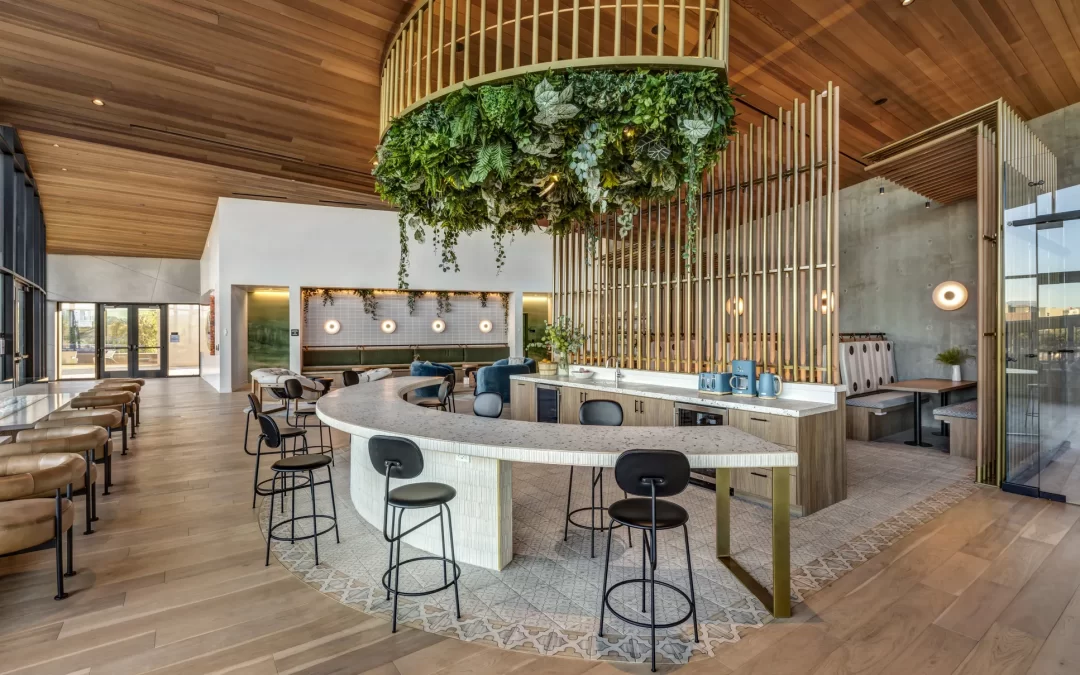Ceramic Lighting Bases
Lighting is a cornerstone of interior design. It can transform a space, set the mood, and highlight key features. But have you ever stopped to think about what holds your light fixtures together? Enter ceramic lighting bases—an often-overlooked yet essential component in lighting design.
Ceramic lighting bases are the sturdy, heat-resistant foundations that support light bulbs and fixtures. They’re made from ceramic materials, which are known for their durability, insulation properties, and ability to withstand high temperatures. These bases come in various shapes, sizes, and designs, making them versatile for different lighting needs.
Why does this matter? Because the base isn’t just a functional element—it’s a design opportunity. The right ceramic base can complement your fixture, enhance safety, and even influence the longevity of your lighting setup. Let’s break it all down.
What Are Ceramic Lighting Bases?
Ceramic lighting bases are the connectors that secure a light bulb to its fixture. They’re typically located at the bottom of a bulb socket and are designed to handle the electrical connections while ensuring safety and stability.
Key Features of Ceramic Bases:
- Heat Resistance: Ceramic materials can endure high temperatures without warping or cracking, making them ideal for high-wattage bulbs.
- Electrical Insulation: Ceramic is non-conductive, which reduces the risk of electrical hazards.
- Durability: Unlike plastic or metal, ceramic bases are resistant to corrosion and wear, ensuring long-term performance.
- Aesthetic Appeal: Ceramic bases can be molded into elegant designs, adding a touch of sophistication to light fixtures.
Benefits of Using Ceramic Lighting Bases
Ceramic lighting bases aren’t just practical—they offer a range of benefits that make them a top choice for designers and homeowners alike.
- Safety First: Ceramic’s insulating properties make it a safer option for lighting, especially in high-heat applications.
- Long-Lasting Performance: Their durability means fewer replacements and maintenance over time.
- Versatility: Ceramic bases are compatible with a wide variety of bulbs, from incandescent to LED.
- Eco-Friendly: Ceramic is a natural material, making it a sustainable choice for environmentally conscious projects.
Types of Ceramic Lighting Bases
Ceramic bases come in different types to suit various lighting needs. Here’s a quick overview:
- Standard Bases: These are the most common and are used in everyday fixtures like table lamps and ceiling lights.
- Candelabra Bases: Smaller in size, these are often used in decorative lighting, such as chandeliers.
- Bayonet Bases: These feature a push-and-twist mechanism and are commonly found in industrial or vintage-style fixtures.
Uses of Ceramic Lighting Bases in Interior Design
Ceramic lighting bases play a crucial role in both functionality and aesthetics. Here are some ways they can elevate your design:
- Creating Focal Points: A beautifully designed ceramic base can turn a simple fixture into a statement piece.
- Enhancing Ambiance: The right base can complement the style of your space, whether it’s modern, rustic, or minimalist.
- Ensuring Consistency: Using ceramic bases across your lighting setup can create a cohesive look.
Tips for Choosing the Right Ceramic Lighting Base
Choosing the perfect ceramic base requires careful consideration. Here are some tips to guide you:
- Check the Size: Ensure the base is compatible with your bulb type and fixture.
- Consider the Style: Match the base’s design to the overall aesthetic of your space.
- Think About Functionality: If you’re using high-wattage bulbs, opt for a base with excellent heat resistance.
Ceramic Lighting Bases vs. Other Materials
While ceramic bases are a popular choice, it’s worth comparing them to other materials like plastic and metal:
| Feature | Ceramic | Plastic | Metal |
|---|---|---|---|
| Heat Resistance | Excellent | Poor | Good |
| Durability | Very High | Moderate | High |
| Aesthetic Appeal | Elegant | Basic | Industrial |
| Cost | Moderate | Low | Moderate |
Real-Life Applications of Ceramic Lighting Bases
Here’s how ceramic bases are used in real-world scenarios:
- Residential Lighting: From bedside lamps to chandeliers, ceramic bases are a staple in home lighting.
- Commercial Spaces: Restaurants, hotels, and retail stores often use ceramic bases for their durability and style.
- Outdoor Lighting: Ceramic bases are also used in outdoor fixtures, thanks to their resistance to weather conditions.
Maintenance Tips for Ceramic Lighting Bases
To keep your ceramic bases in top condition, follow these simple maintenance tips:
- Regular Cleaning: Wipe the base with a soft cloth to remove dust and dirt.
- Avoid Harsh Chemicals: Use mild cleaners to preserve the ceramic’s finish.
- Inspect for Damage: Check for cracks or chips, especially after prolonged use.
Why Ceramic Lighting Bases Are a Design Essential
In the world of interior design, every detail matters. Ceramic lighting bases are more than just functional components—they’re an opportunity to enhance the beauty, safety, and longevity of your lighting setup. Whether you’re designing a cozy home or a bustling commercial space, ceramic bases offer unmatched benefits that make them a smart choice.



